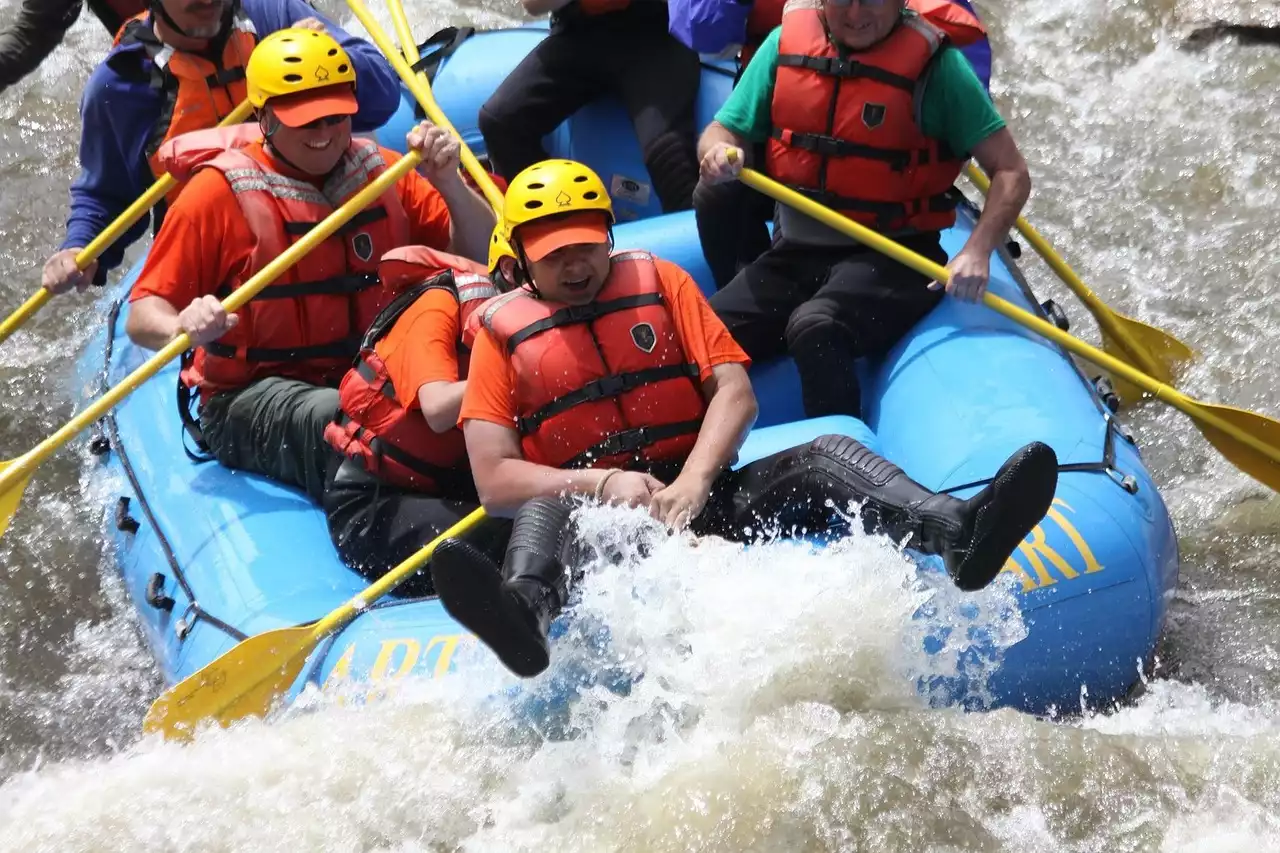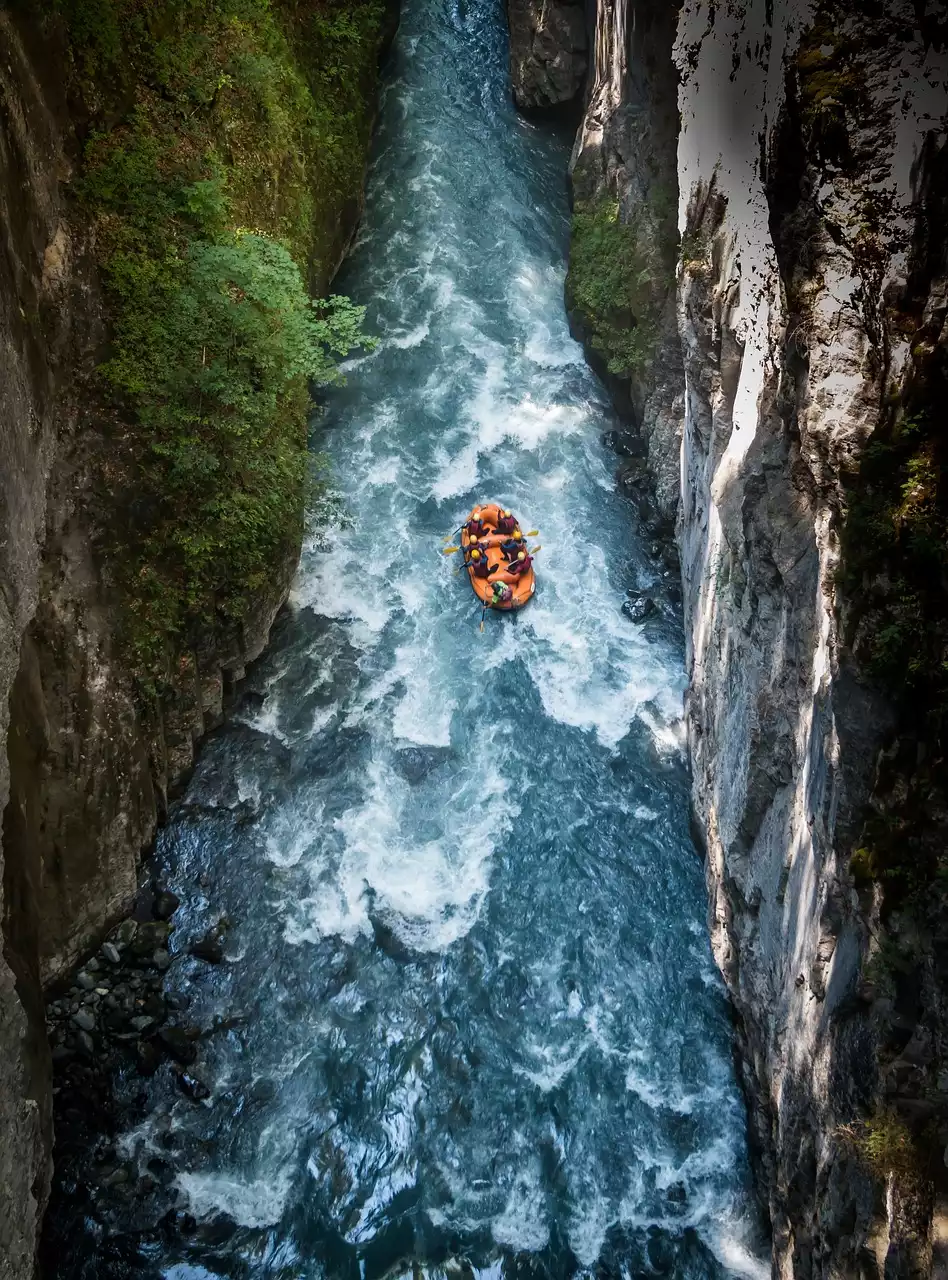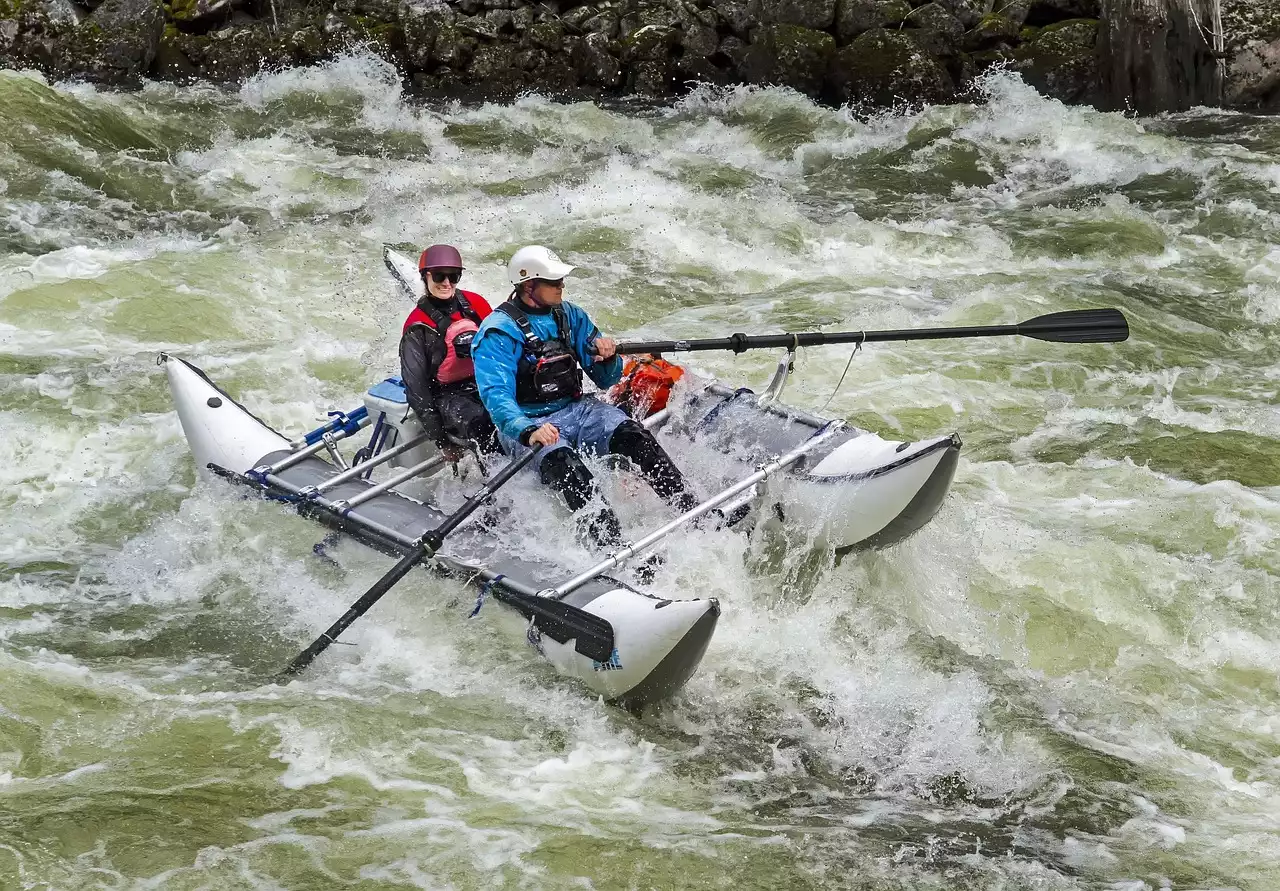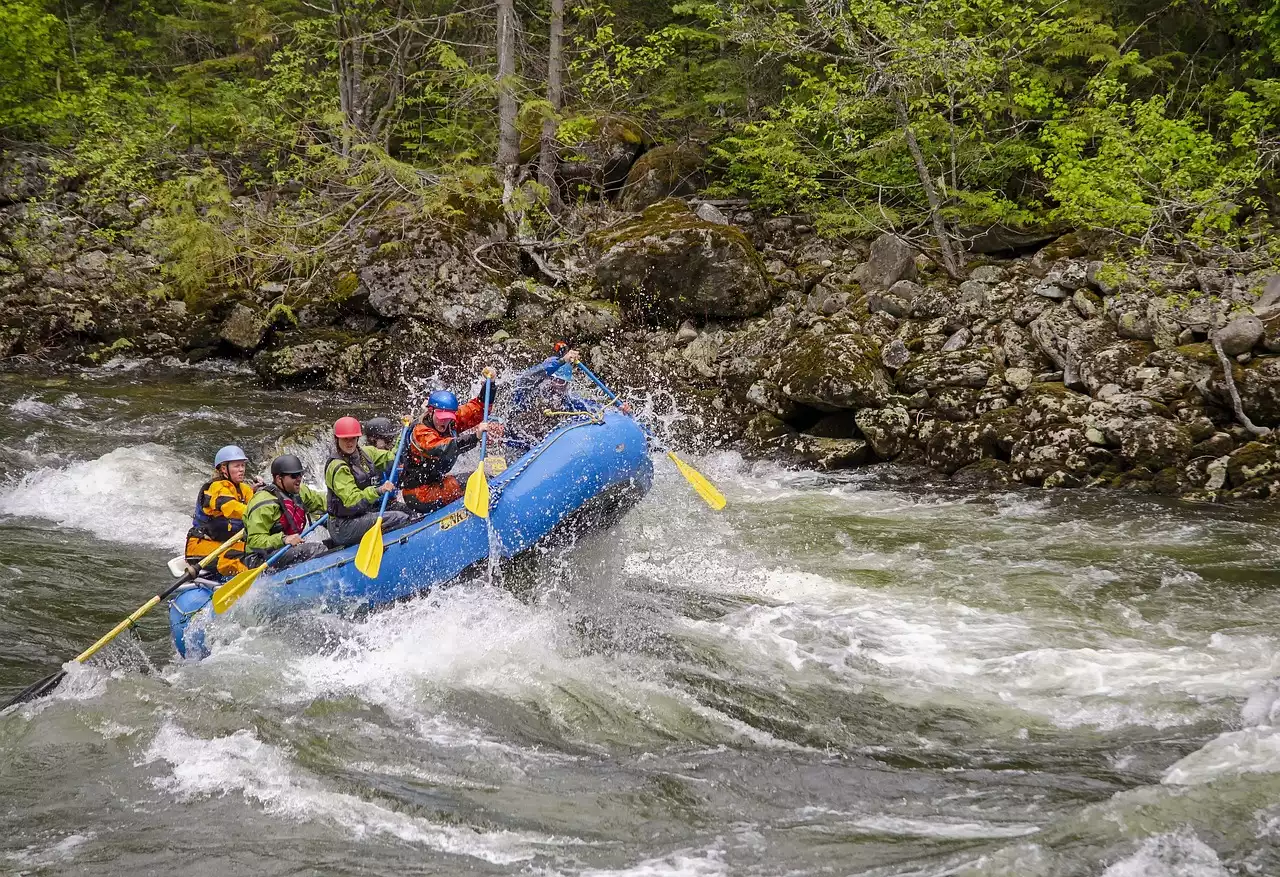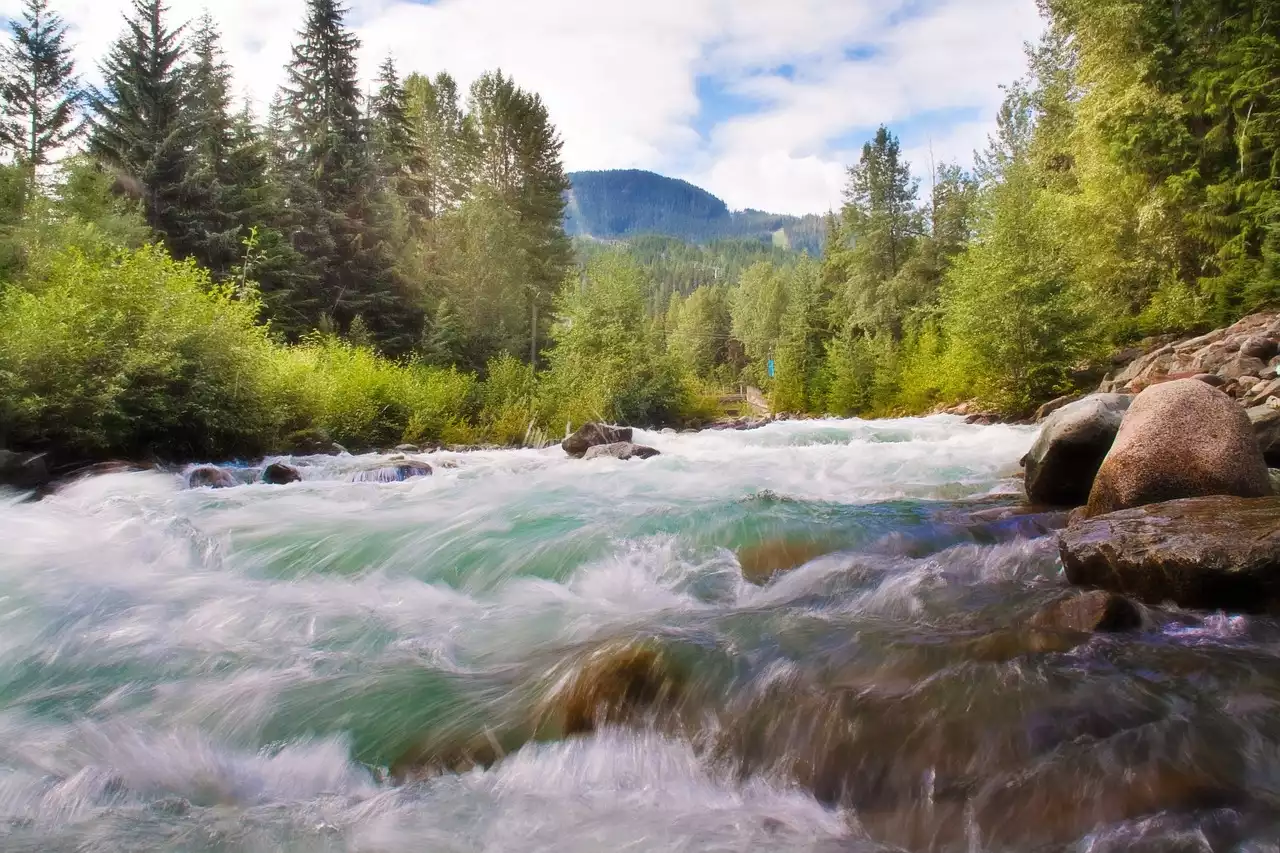The Importance of Proper Clothing and Equipment
Whitewater rafting can be a lot of fun, but it's important to remember that it's also an extreme sport. That means you need to take the proper precautions to ensure your safety. One of the most important things you can do is to wear the right clothing and equipment. Not only will this protect you from the elements, but it will also help keep you safe in case of an accident.
When it comes to clothing, it's important to wear clothes that are comfortable and allow for a full range of motion. You'll be paddling and maneuvering your raft, so you don't want to be restricted by tight or uncomfortable clothing. Many people opt for quick-drying materials like nylon or polyester, which are lightweight and breathable.
In addition to clothing, you'll also need to invest in the right equipment. This includes a helmet, life jacket, wetsuit or drysuit, and footwear. These items will not only keep you safe but also help you stay comfortable while on the water.
Choosing the Right Helmet
When it comes to whitewater rafting, a helmet is a must-have item. It's designed to protect your head from impact in case of a collision with rocks or other objects in the water. But not all helmets are created equal, and it's important to choose the right one for your needs.
First and foremost, your helmet should fit snugly on your head without being too tight. It should also have a chin strap that keeps it securely in place. Look for helmets that are specifically designed for whitewater rafting, as they will offer the best protection.
Another thing to consider is the material the helmet is made from. Some helmets are made from plastic, while others are made from more durable materials like carbon fiber. While plastic helmets may be cheaper, they may not offer as much protection in case of a serious impact.
Picking the Right Life Jacket
A life jacket is another essential piece of equipment for whitewater rafting. It's designed to keep you afloat in case you fall out of the raft or get pulled under the water. But like with helmets, there are a variety of life jackets to choose from, and it's important to pick the right one for your needs.
One of the most important things to consider when choosing a life jacket is the buoyancy. This is the amount of weight the life jacket can support. The higher the buoyancy, the more weight the life jacket can support, which can be important if you're a larger person or if you're carrying a lot of gear.
Another thing to consider is the fit of the life jacket. It should fit snugly on your body without being too tight. Look for life jackets that have adjustable straps so you can customize the fit.
Wetsuits and Drysuits: Which is Right for You?
Depending on the temperature of the water, you may need to wear a wetsuit or drysuit while rafting. Wetsuits are designed to keep you warm in cold water by trapping a thin layer of water between your skin and the suit. Drysuits, on the other hand, are designed to keep you completely dry in cold water.
If you're rafting in warmer water, a wetsuit might be all you need. But if you're rafting in colder water, a drysuit may be a better option. Drysuits are typically more expensive than wetsuits, but they offer more protection from the cold.
When choosing a wetsuit or drysuit, it's important to consider the thickness of the material. Thicker material will provide more warmth, but it may also restrict your movement. Look for suits that have flexible material in areas where you need a full range of motion.
Footwear for Whitewater Rafting
When it comes to footwear for whitewater rafting, you want to choose something that will protect your feet from rocks and other objects in the water. Many people opt for water shoes or sandals, which are designed to stay on your feet even in fast-moving water.
It's important to choose footwear that fits securely on your feet and won't slip off. Look for shoes that have good traction on the bottom, as this will help you maintain your footing on slippery rocks.
Gloves and Other Accessories
While not necessarily essential, gloves and other accessories can be helpful when rafting. Gloves can protect your hands from blisters and cold water, while a hat or sunglasses can protect your face from the sun.
When choosing gloves or other accessories, look for items that are specifically designed for whitewater rafting. These items will be made from materials that are designed to withstand the rigors of the water.
Safety Equipment You Shouldn't Forget
In addition to the clothing and equipment we've already discussed, there are a few other safety items you should consider bringing with you when rafting. These include a whistle, a knife, and a throw bag.
A whistle can be used to signal for help in case of an emergency, while a knife can be used to cut through ropes or other materials in case you get tangled up. A throw bag is a bag filled with rope that can be thrown to someone who has fallen out of the raft.
How to Care for Your Rafting Gear
Proper care and maintenance of your rafting gear is important to ensure it lasts for many trips to come. After each trip, rinse your gear with fresh water to remove any dirt or debris. Hang your gear up to dry in a well-ventilated area, away from direct sunlight.
It's also important to store your gear properly between trips. Store your gear in a cool, dry place away from direct sunlight. Avoid storing your gear in a damp or humid area, as this can cause mold and mildew to grow.
Enjoying Your Whitewater Rafting Adventure
Now that you know everything you need to know about whitewater rafting clothing and equipment, it's time to hit the water! Remember to always wear your helmet and life jacket, and choose clothing and gear that is appropriate for the conditions you'll be facing. With the right equipment and a sense of adventure, you're sure to have a great time on the river. Happy rafting!
